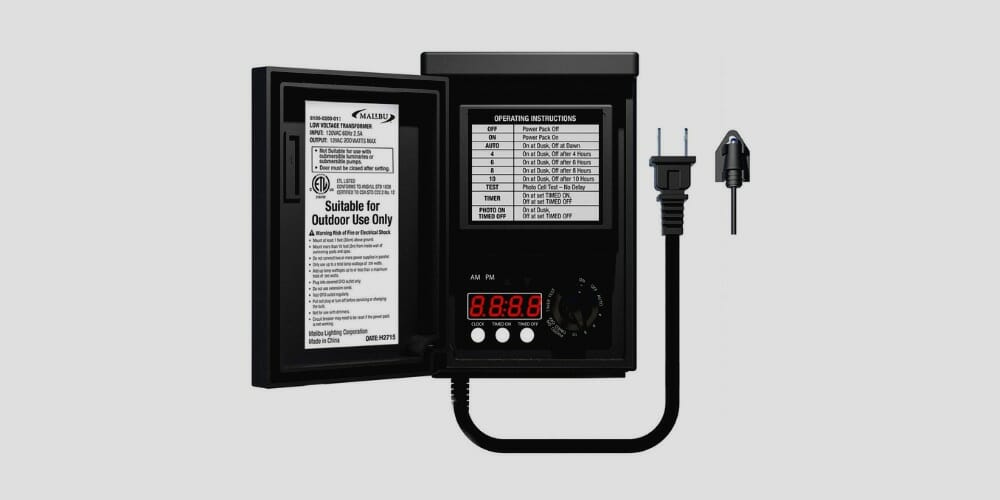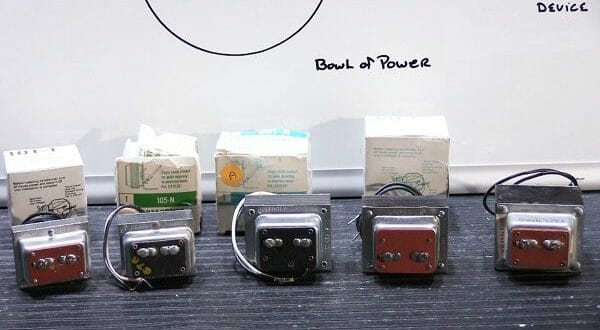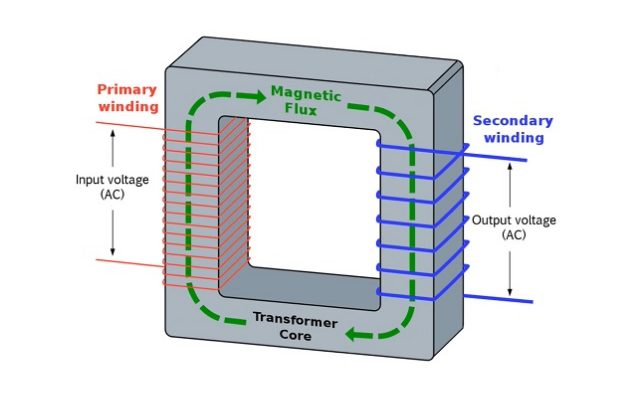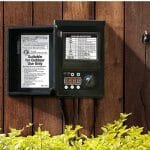How to Test a Low Voltage Transformer (Easy Steps & Guide)

Low voltage transformers control domestic equipment, such as doorbells and air conditioners. They connect to a home’s high-voltage power source to create a safe, low-voltage electrical supply. However, your low-voltage transformer appliances can suddenly stop operating causing inconvenience.
When this occurs, I’ve found that troubleshooting your low voltage transformer is the best place to start.
In general, you can test a low voltage transformer through a multimeter. Here are the steps:
- Identify the terminals of the transformer and turn the multimeter to VAC mode.
- Test the transformer’s input and output voltage.
- Turn off the transformer’s electricity and set your multimeter to resistance (ohms).
- Test the input terminals for continuity.
- Test the secondary windings for continuity.
This article will talk about low voltage transformers and discuss a more detailed process on how to test a low voltage transformer with a multimeter.
8 Steps to Test a Low Voltage Transformer

A transformer typically fails only after another component in the electrical circuit shorts to the ground or draws excessive current. Replacing the transformer without first identifying and resolving the problem will result in the transformer failing again.
Hence, you should first test the transformer to determine why it failed through the following steps:
Warning: Make sure you turn off the power in the circuit breaker panel or anything connected to your transformer before working on any light fixture to avoid danger such as electrocution.
Step 1: Identify the Terminals of the Transformer
Using the label as a guide, locate the transformer’s terminals. The “main” and “secondary” terminals are the input and output terminals, respectively. The input (high voltage) and output (low voltage) sides, as well as the input and output voltages (measured in VAC) and their corresponding terminals, are all identified on the transformer’s label.
Step 2: Turn the Digital Multimeter DMM to VAC Mode
Set the multimeter to the VAC mode. A multimeter has numerous functions, including a voltage and current function and a resistance function. Each of the settings represents a specific electrical function.

Step 3: Test the Input Voltage
Check the transformer’s input voltage with the multimeter. Record the voltage using one of the leads on each input-voltage terminal. Compare the reading to the transformer’s declared input voltage. If the reading isn’t the same as the supposed input voltage, you need to fix the voltage source before proceeding with the transformer.
Step 4: Test the Output Voltage
With the multimeter, check the transformer output voltage. Then, compare the reading to the output voltage that was specified.
- If the output voltage is the same as the specified voltage, the transformer is in good working order.
- If the input voltage is correct, but the output voltage is either too high or too low, the secondary windings are defective. Then, it’s necessary to replace the transformer.
- If the input voltage is correct but has no output voltage, check the transformer’s secondary windings for continuity. Also, look for a short in the secondary circuit.
Step 5: Turn Off the Transformer’s Electricity
Turn off the power to the transformer. At the input terminals, check the voltage. The multimeter’s reading should be zero. (1)

Step 6: Switch the Digital Multimeter DMM to Resistance
Set the multimeter to resistance (ohms). Connect the leads of the multimeter together. Then, if there’s continuity, the multimeter will beep.
Step 7: Test the Input Terminals for Continuity
Disconnect the low voltage control wiring from the transformer’s input side. Then, each input terminal should have a lead attached to it, and it should read continuity. If the multimeter does not read continuity, the input windings are shorted. So, you should replace your transformer. However, reconnect the input’s low voltage control wiring if the multimeter reads continuity.
Step 8: Test the Secondary Windings for Continuity
Unplug the transformer’s output wires. With a multimeter, check for continuity in the secondary windings. If the multimeter reveals continuity over the secondary windings, diagnose the secondary circuit. However, if the multimeter does not indicate continuity over the secondary windings, inspect the secondary circuit for a short to ground (usually a bare wire). Then, the transformer needs to be replaced.
Applications for Low Voltage Transformers
The following are some examples of low power transformer applications:
- In landscape lighting that operates on 12-24 volts, a low power transformer can be utilized as an outdoor low voltage lighting transformer. The outdoor lighting transformer reduces the line voltage of 110 volts or 230 volts to a low level used to power lights.
- Low-power transformers are used in rectifiers to step down AC primary voltage to a low value, which is then converted to DC voltage using a diode and capacitor combination.
- Low-power transformers are used in common household appliances such as refrigerators, washing machines, mobile phone chargers, thermostats, and doorbells to create a very low load voltage, protecting the user from electric shock and short circuits. (2)
FAQs
How does a low voltage transformer work?

The primary power supply voltage is converted to a lower voltage by a low voltage transformer, usually 12-15 volts. It reduces the voltage of home appliances such as high voltage AC refrigerators and washing machines to roughly 12 volts. The input voltage of a low voltage transformer is reduced at the output. With that, the transformer’s output voltage control and energy consumption are determined by the efficiency of this voltage conversion. Moreover, you can find these transformers in circuit breaker panels of low voltage lighting systems, outdoor low voltage lighting transformers, and everyday household appliances.
Why do I need a low voltage transformer?
If used directly, the main supply voltage (usually 120 volts in the United States and 230 volts in Europe) might electrocute a person. In commercial and residential structures, a low voltage transformer reduces the user’s input voltage to a safe level.
A low voltage transformer’s normal output voltage is 12-24 volts, which does not generate heat. Even with the power on, these low voltage circumstances are safe enough for a human to install a light bulb.
Because low voltage transformers are commonly employed in domestic applications, their primary purpose is to limit the risk of electrocution and short circuits.
What are the signs of a faulty transformer?

Look for the following irregularities in the appearance of your low-power transformer:
– Leads from broken coils.
– The silicon steel sheet is rusted.
– Insulating material with burn markings
– The iron core’s fastening screw is loose.
– Winding coils are exposed.
Take a look at some of our related articles below.
- How to test a fluorescent light bulb with a multimeter
- How to use a multimeter to test voltage of live wires
- How to find a short circuit with a multimeter
References
(1) power – https://www.khanacademy.org/science/physics/work-and-energy/work-and-energy-tutorial/a/what-is-power
(2) common household appliances – https://home.howstuffworks.com/10-appliances.htm
